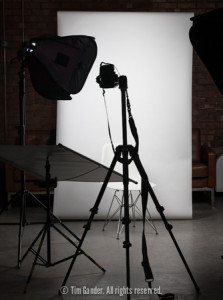I tried something a bit different yesterday, some might even call it radical, but let’s not get carried away.
Some background first; My office is based in a shared work hub in Frome in lovely Somerset. Here I can do my editing and admin and because the building hosts several other businesses, I have contact with a range of people working in everything from the charity sector to web developers, app developers, event stylists and many more. There’s even an oil rig support business here, which I suppose is handy for the North Sea.
Over the past year or so many new businesses have taken up office space at the work hub as it’s expanded, and I realised there might be an opportunity to help them with a simple, social media portrait session.
Normally if I go to a single business to spend time taking corporate portraits I’ll charge a minimum of £250+vat, and more often than not it turns into a half-day at between £450 and £600, but this would be prohibitive for many of the micro businesses based in the hub. So how about setting up a pop-up studio in the communal space and offering a quick portrait session to anyone who wanted to come along and just charge for the images they download?
Obviously I had to keep the deal simple and decided to offer a no-sitting-fee session with downloads starting at just £30 including VAT for a small file suitable for LinkedIn, Twitter and the like, with a rising scale of fees according to the size of file downloaded.
The day went pretty well, especially since it was a first time for this event. I came in for 08:30 am to set up my studio, organised some tunes to add a relaxing ambience to the space and made test shots before the first arrival.
I had a steady trickle of people (I wouldn’t say I was killed in the rush) and I got the impression that even some of those less keen to be photographed actually quite enjoyed the experience.
I delivered the images in personal galleries to each of the sitters just two hours ago and the portraits have already started to sell!
What was even more encouraging was the number of people who expressed an interest in getting more
photography organised in future for things like website refreshes, so there was a promotional side-effect to my cunning plan too.
It’s possible I’ll turn this into an annual or even six-monthly event because I’m sure as word gets around, more people will want to sign up. In the coming days I’m going to make contact with other hubs in the area to see if they would like to host something similar. This little idea could grow.





